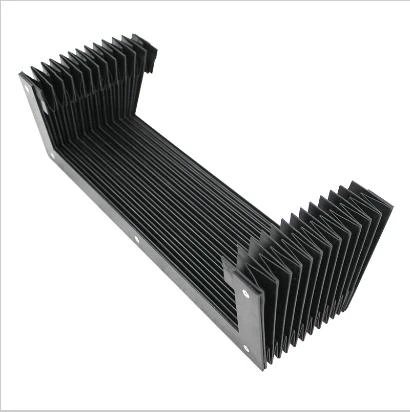electrical cable chain
Understanding Electrical Cable Chains Applications, Benefits, and Considerations
Electrical cable chains, or cable carriers, are essential components in various machinery and systems, serving the crucial function of organizing and protecting electrical cables and hoses in dynamic environments. These devices are designed to facilitate the smooth movement of cables while minimizing wear and preventing tangles, ultimately contributing to the efficiency and safety of the equipment. This article delves into the applications, benefits, and considerations of using electrical cable chains.
Applications of Electrical Cable Chains
Electrical cable chains are utilized in a wide array of industries, including manufacturing, automation, robotics, and construction. In industrial settings, cable chains are commonly found in CNC machines, conveyor belts, and automated assembly lines, where they support the constant movement of cables as machinery operates.
In robotic applications, these chains play a pivotal role in ensuring that power and data cables are well-organized and protected during the robotic arm’s extensive range of motion. Similarly, in the entertainment industry, cable carriers are frequently used in stage setups, where they help manage long runs of cables for lighting and audio equipment, ensuring both safety and aesthetic appeal.
Another notable application is in the construction industry, where electrical cable chains are employed in cranes and other lifting equipment. They help in routing electrical and hydraulic cables safely, allowing for precise control of machinery without the risk of cable snagging or damage.
Benefits of Using Electrical Cable Chains
1. Enhanced Cable Protection One of the primary advantages of using electrical cable chains is the protection they provide to cables and hoses. The carriers shield these components from abrasion, chemicals, and environmental factors, extending their lifespan and reducing maintenance costs.
2. Improved Organization Electrical cable chains offer a structured approach to cable management. By keeping cables neatly organized, they reduce the risk of entanglement, which can lead to costly downtime. This organization also makes troubleshooting and repairs simpler, as cables can be easily identified and accessed.
3. Facilitated Movement Designed to accommodate the dynamic movement of machinery, cable chains allow for smooth operation without the risk of cable strain. They can handle various motion types, including linear, angular, and rotary movements, making them versatile in application.
electrical cable chain

4. Customization Options Cable chains come in various sizes, materials, and designs, allowing for customization based on specific applications and environmental conditions. Whether operating in high-temperature areas or in wet environments, there’s likely a cable chain tailored to withstand such conditions.
5. Safety Enhancement By managing and enclosing cables, electrical cable chains contribute significantly to workplace safety. Reducing tripping hazards and protecting cables from accidental cuts or damages not only maintains operational efficiency but also safeguards workers.
Considerations When Selecting Electrical Cable Chains
When choosing electrical cable chains, several factors must be considered to ensure optimal performance
1. Load Capacity It is essential to determine the weight and volume of cables that the chain will need to accommodate. Selecting a chain with an appropriate load capacity ensures safety and prevents premature wear.
2. Motion Requirements Understanding the type of movement—linear, vertical, or rotary—that the cables will experience is crucial. Different designs provide varying degrees of flexibility and movement options.
3. Environmental Conditions Cable chains must be suited to their operating environment. Factors such as temperature, moisture, and potential exposure to chemicals should be evaluated to select the correct material and design.
4. Installation and Maintenance The ease of installation and ongoing maintenance should also factor into the decision-making process. Chains that are complicated to install or require frequent maintenance may not be ideal for all settings.
Conclusion
Electrical cable chains are integral in enhancing the efficiency, safety, and longevity of various machinery and systems. With their ability to provide protection, organization, and adaptability, they have become indispensable in industries ranging from manufacturing to entertainment. By understanding their applications, benefits, and selection considerations, companies can make informed decisions that enhance their operational capabilities while safeguarding their investments. As technology and machinery continue to evolve, electrical cable chains will undoubtedly remain a vital component in the advancement of industrial and automated solutions.








